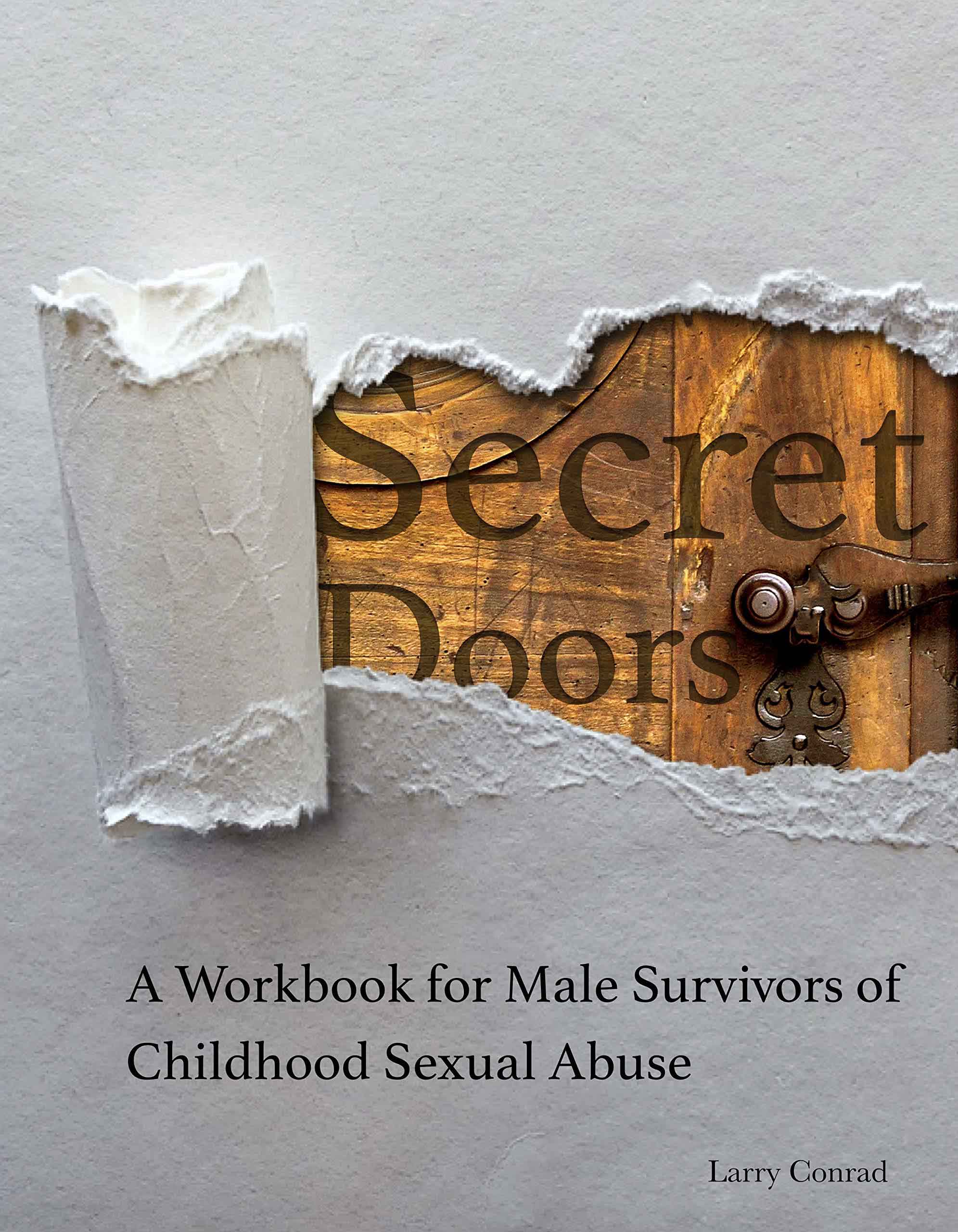The Impact of Myths on Understanding CSA
Childhood Sexual Abuse (CSA) is a deeply sensitive and distressing subject that affects the lives of countless individuals around the world. Unfortunately, pervasive myths and misconceptions often surround this issue, perpetuating stigma, hindering awareness, and impeding efforts to support survivors. In order to foster a more informed and compassionate society, it is imperative to unravel these myths and replace them with accurate information.
The Impact of Myths on Understanding CSA
Misinformation about CSA can have profound consequences, contributing to the perpetuation of silence, victim-blaming, and the underreporting of abuse. Myths may create barriers that prevent survivors from seeking help, as well as hinder the identification of abuse by those in a position to intervene. Understanding the prevalence of these misconceptions is the first step towards dismantling them, opening the door to a more supportive and informed community.
Dispelling Common Myths: A Crucial Endeavor
Dispelling myths surrounding CSA is not just a corrective measure; it is an act of advocacy for survivors and an investment in the well-being of future generations. By addressing misinformation head-on, we can create an environment where survivors feel validated, heard, and empowered to share their experiences. It is an opportunity to debunk harmful stereotypes, challenge victim-blaming mentalities, and foster a more empathetic understanding of the complex dynamics involved in cases of childhood sexual abuse.
Navigating the Web of Misinformation
The online landscape is often rife with misinformation about CSA, making it crucial to equip individuals with accurate knowledge. This section aims to dismantle commonly held myths, providing readers with reliable information that can counteract the negative impact of false beliefs. Let us embark on a journey to uncover the truth, challenge preconceptions, and contribute to a society where survivors are met with understanding, compassion, and support rather than judgment or disbelief.
